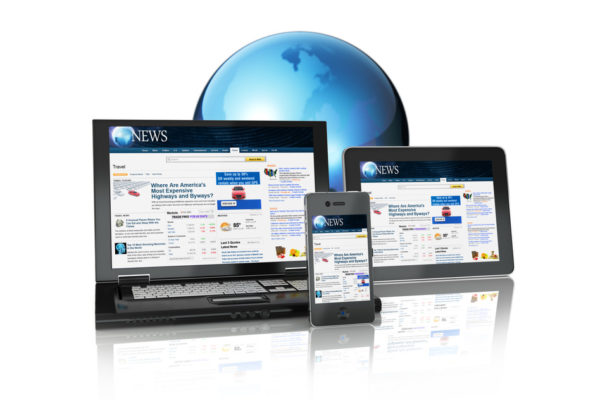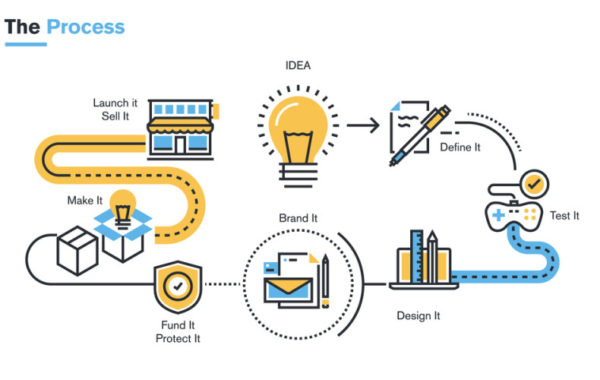Analytics is a multidimensional field that uses mathematics, statistics, predictive modeling and machine-learning techniques to find knowledge and patterns in recorded data. It studies past historical data to find patterns and potential trends to analyze the effects of certain decisions and events.
Social media is an example of a platform that can produce its own analytics. Most social media sites will provide users with analytics, but will also provide data to other websites through big data as well.
Analytics contains a data that can help us identify what happened, how, or why an event happened, what’s happening now and what is likely to happen next. There are many ways to gather data through graphs and charts and even numerical data
This can pertain to any field or industry that rely on data to understand the data as it progresses. It is often most useful for many businesses and companies due to its predictive qualities. Analytics can be used for websites to determine how well or not well their business is doing.
The most popular form of analytics within businesses and companies is predictive analytics. Predictive analytics have surged in popularity due to the desire to predict customer behavior. Web analytics are important to a companies’ website because they deliver data about the website, the traffic from its visitors and their behaviors, so they can measure what is and isn’t working. This helps to improve your website’s performance rates.
By using analytics, you are able to track where your traffic is coming from, what attracts the most visitors, and what days of the week are the heaviest with traffic. This information has value in helping you to improve and maximize your online marketing and sales leads and to improve the user experience.
Analytics can open doors to new information that have never been seen before. They provide a deeper insight into the behind-the-scenes of your business to see much more than revenue. Companies often don’t realize the need to improve or change things in order to be more successful until they see that data that suggests otherwise.
If a company or business doesn’t analyze the current state of their website and business, then they won’t be able to identify areas that need further development and improvement. It is critical for businesses to understand the analytics of the numbers and graphs that pertain to their company. Without understanding, the data means nothing to a business.
A company must understand and be able to discuss their companies’ analytics to experts even if they aren’t experts themselves. This shows that they have basic knowledge of the information that they are receiving on how their business is doing so they know where to improve, whether it is their online presence and marketing or physical revenue.




























